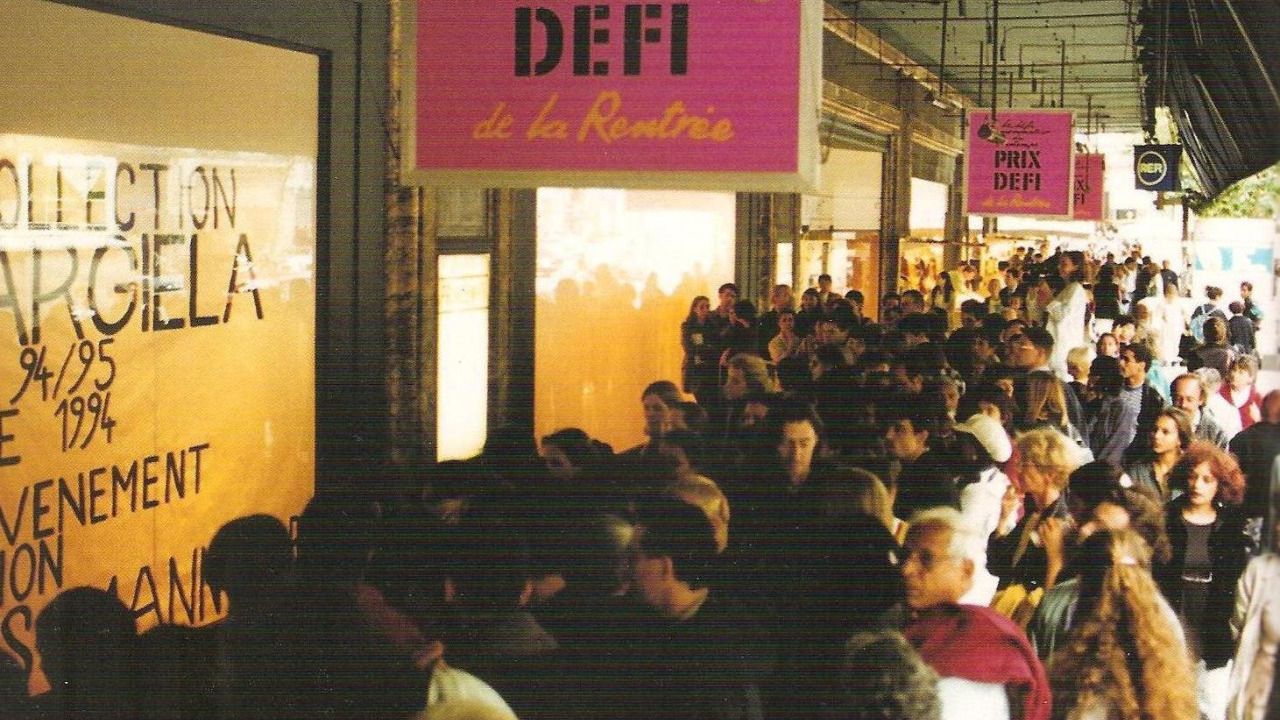She, fourth year collection by Anke Loh, 1999.
German born Anke Loh enrolled at the Academy of Fine Arts of Antwerp in 1995. She graduated four years later with the collection She, a manifesto for strong women inspired by Pina Bausch and Pipilotti Rist, resulting in a very light silhouette.
Anke Loh started her own line after graduating from the Academy. Her designs explore the symbiosis of design and technological innovation, which she researches through diverse projects and collaborations. She has designed costumes for choreographic works by Arco Renz, Anne Teresa de Keersmaeker and others. She has also taught at the Fashion Academy in Ghent. In 2005, she was invited to give a lecture at the Fashion Department of the School of the Art Institute of Chicago and was immediately hired as a teacher. In 2013, she was awarded her professorship. Her investigation of wearable technology has been further developed in collaboration with science faculties and such companies as Philips and Luminex.
